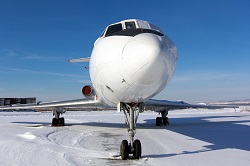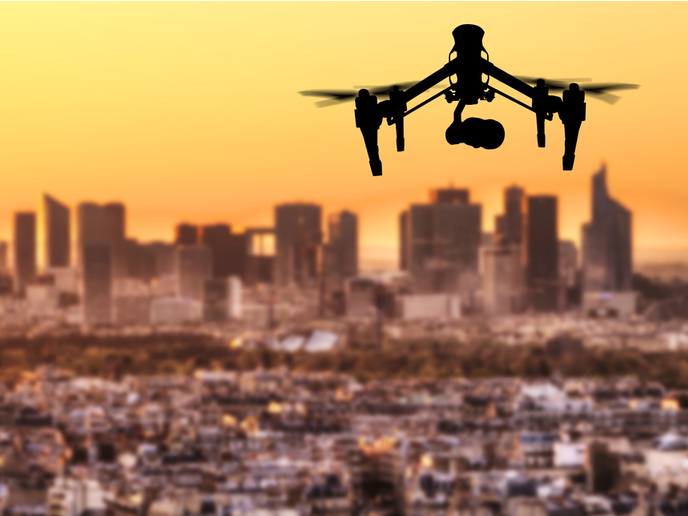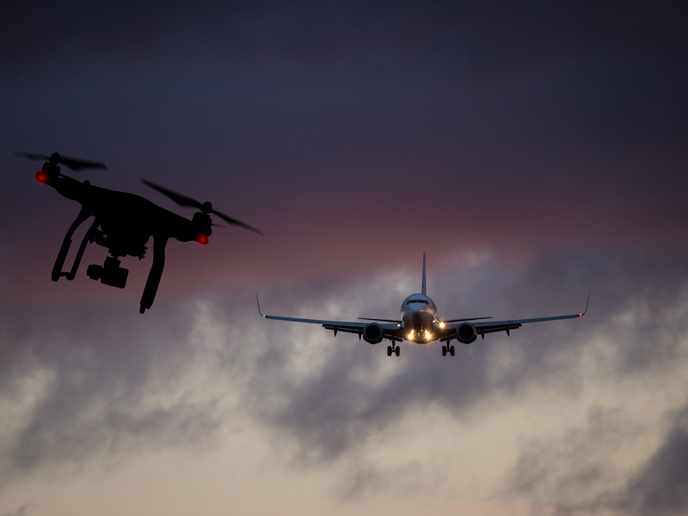New sensory approaches to addressing high altitude ice
‘Certain atmospheric conditions can cause aircraft icing, which can pose a potential threat to parts of an airplane especially the engine,’ explains HAIC (High Altitude Ice Crystals) project coordinator Florent Huet from Airbus Operations. This phenomenon was first discovered in the 1990s, and since then both authorities and industry have sought to find effective ways to detect – and thus avoid or adapt the protection to – high altitude crystals. Multi-level detection ‘We developed three levels of detection in this project,’ says Huet. ‘First of all, satellite detection enables operators to observe large part of the Earth and helps them to chart appropriate routes and avoid areas with potential crystal in it.’ This system was validated during the project and was also used on test flights to identify suitable ice crystals areas for analysis. The technology is now operational. ‘This is first generation technology that can of course be further refined, but the first step has been taken,’ says Huet. Second level technology involves radar for use in the aircraft itself. Antenna capable of detecting 80 miles in front of the craft warns pilots of approaching ice crystals areas, which can then be avoided. ‘There has been big interest from industry because this technology is easy to implement,’ says Huet. ‘We already have the hardware; it is the software that has been improved, which means that we can retrofit existing aircraft.’ Airbus team is currently in discussion with authorities on the best way of validating and certifying these tools. Finally, a third level prevention involves on board detectors for when pilots actually find themselves in high altitude crystal areas. ‘The satellite technology is less precise but covers a big area, while the radar technology is for use when the aircraft is close to crystals,’ explains Huet. ‘These on-board detectors are even more precise.’ The project successfully achieved proof of concept for these on-board detectors, though more trials are needed. ‘Everything we did in this detectors project was about performance demonstration,’ says Huet. ‘Next steps will focus on industry demonstration; reducing the weight and cost until the technology is ready for commercialisation.’ Supporting cutting edge research The HAIC project also successfully upgraded European icing wind tunnels in order to allow for a more accurate reproduction of mixed phase and glaciated icing conditions. Devices capable of creating ice crystals with specific sizes have been installed, which will enable the aeronautical industry to perform equipment tests to the highest possible standards. ‘One of these tunnels can now simulate the degree of pressure you would find at altitude, while another can generate the kind of crystals you would find at altitude, instead of just generating pieces of ice,’ says Huet. ‘These developments will help us to understand further how crystals affect engines.’ The project also worked on numerical simulations, to help researchers develop more accurate predictive models of how ice crystals interact with airplane parts. ‘We’d like to know more about, for example, the impact of melted crystals on hot surfaces,’ says Huet. ‘We now have some models, but we really need 3D tools to really understand the potential impact of crystal ice on complex parts like engines.’ The HAIC project, which brought together experts from around the world, includes 34 European partners plus five from Australia, Canada and the United States, was completed in January 2017.
Keywords
HAIC, ice, high altitude, 3D, Airbus, icing, ice crystals







